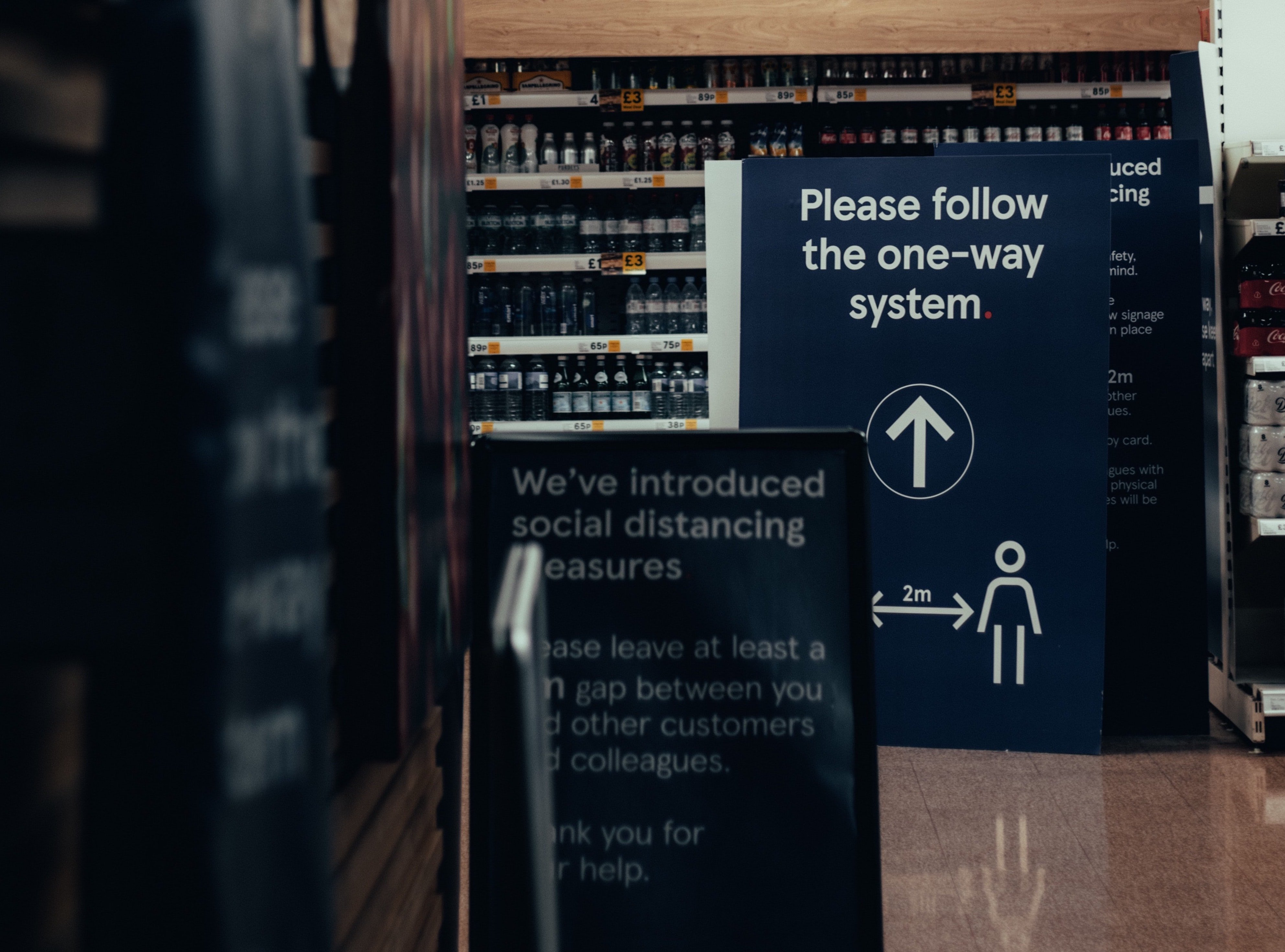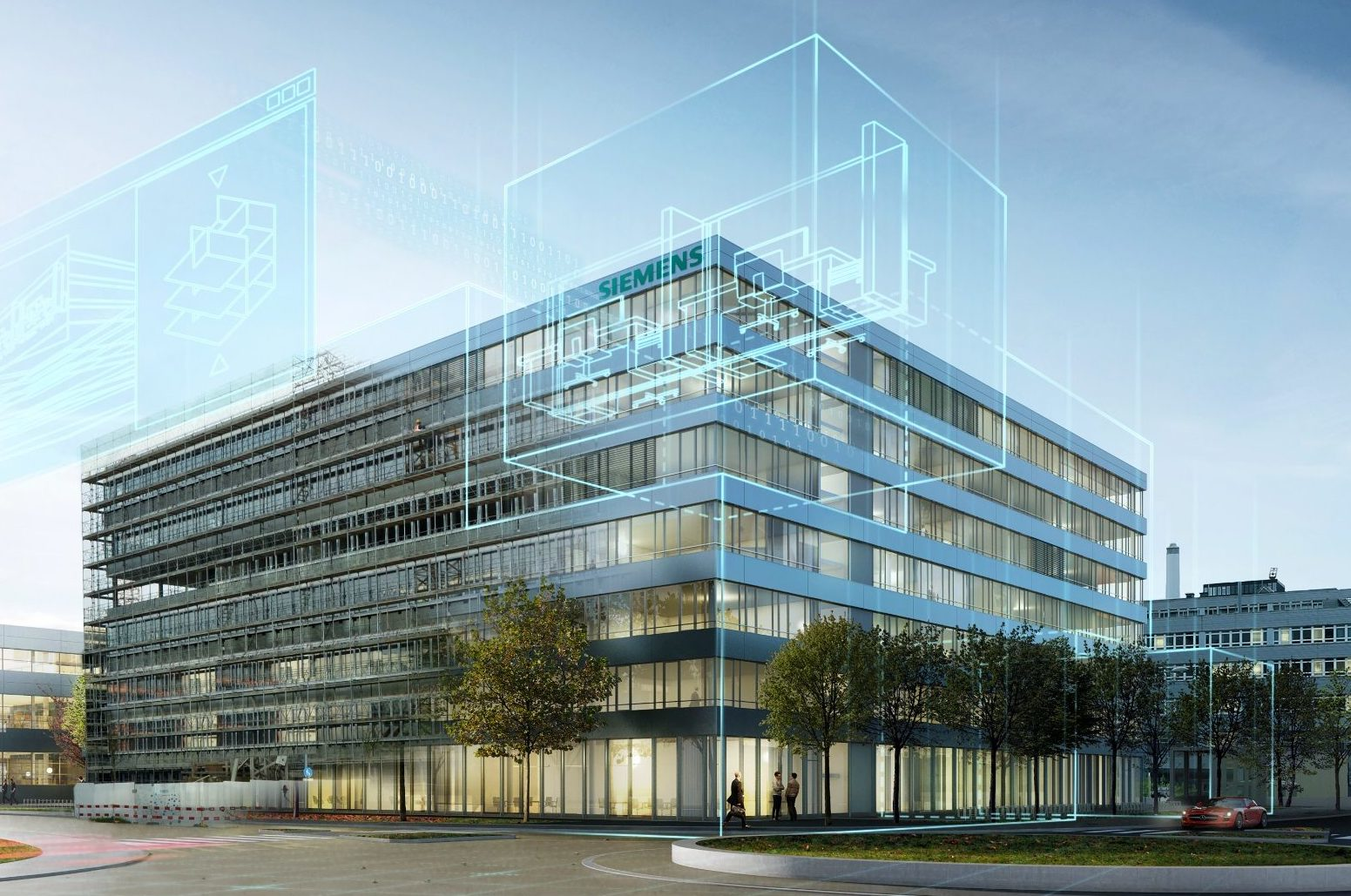Return to Resources
The Evolution of Indoor Mapping
Mar 2, 2021
4 min read
Indoor maps have been digitized but their evolution goes far beyond this change. The way they are designed, maintained, and used have all transformed. In this blog, we will examine how and why.
Original indoor mapping tools
Indoor maps and their tooling weren’t originally developed to generate the simplified, consumer-facing mapping experiences that we know today. While traditional indoor mapping software such as Autodesk’s Revit or AutoCAD do provide a look inside a building, their intent is not to help users navigate the indoors or provide simplified visualizations.
These drawings include many layers and showcase extremely detailed information - a venue’s elevation, electrical layouts, plumbing and mechanical systems, cross sections, framing, and the list goes on. Autodesk and similar mapping tools are specific in function and used by architects, designers, contractors, and various engineers, to name a few. Because of how they are used, these tools are not designed for quick or minor map changes. A blueprint, for example, is typically only updated to reflect long-term changes such as a large renovation.
Frequency of edits
One of the ways we’ve seen indoor maps evolve is their frequency of change. In the past, a venue map or CAD file that had been updated within the year was considered up-to-date. Now, however, in the age of information, we expect updates to happen in real-time - everything from the news and weather to retail inventory and turn-by-turn directions. A one-year-old map may have been bearable in the past, but these days can be all but rendered useless. Indoor mapping platforms need to allow for major renovation edits, but they also need to reflect small and possibly even temporary changes.
Required expertise
Other evolutions in indoor mapping include tooling and usage; the tools have become more user-friendly and maps are being used as an extension of a venue’s brand. While certain platforms require extensive knowledge and training to use them, newer indoor mapping tools have been adapted and simplified in many ways. This in turn makes it more viable for someone at a venue to login and manage a small layout shift in the map - relocating a vending machine, for example. These updates are not only important to operations and facilities teams either. Because indoor maps are often now used in consumer-facing applications, marketing and digital teams are playing a larger role. Styling, ease-of-use, and functionality must be top of mind.
Indoor maps will always serve to function as a utility. Architectural, operational, and maintenance use cases will persist long into the future. But as we undergo this evolution and see the importance of the consumer-friendly map, how else are indoor maps being used?
Indoor mapping use cases
As people started to rely on outdoor maps to help orient themselves and navigate to their destination, we saw an emerging importance for indoor maps with the same capabilities. This began with 2D pamphlets and banners featuring clear “you are here” markers at malls, campuses, and amusement parks. These static solutions eventually merged with technology to provide wayfinding on digital platforms. Touchscreen maps, venue mobile applications, and QR codes were just some of the ways that visitors could search for a destination indoors. Just as we experienced with the outdoors, people have come to depend on indoor maps to provide both context and directions.
Mapping building blocks
While this is certainly an evolution from the days of “wander until found,” indoor maps have continued to provide functionality beyond simple directions. The truest evolution of indoor maps may be their ability to unlock a wide variety of other experiences. Think of indoor maps as the foundation of a house. With a solid foundation, you can begin to add flooring and stairs - these act as the pathing networks and wayfinding components of a digital map. You can also begin to add various rooms to the house, each one serving its own purpose. With an indoor mapping platform, these “rooms” would represent unique experiences. For example, retailers may want to layer on proximity promotions, an office may add room booking software, a hospital might enable asset tracking, and a stadium might focus on vendor-to-seat food ordering. Without a solid foundation - in this case, an accurate and simplified indoor map - none of these experiences would be possible.

The future of indoor mapping
As we continue to see the arrival of powerful tooling and innovative use cases, we can be certain that indoor mapping is not done its evolution. Software such as Revit and AutoCAD will always have a place in this industry, but we wonder how these traditional softwares will integrate with modern mapping platforms and experiences in the future. How can indoor mapping and its platforms become an even more seamless technology for users?


